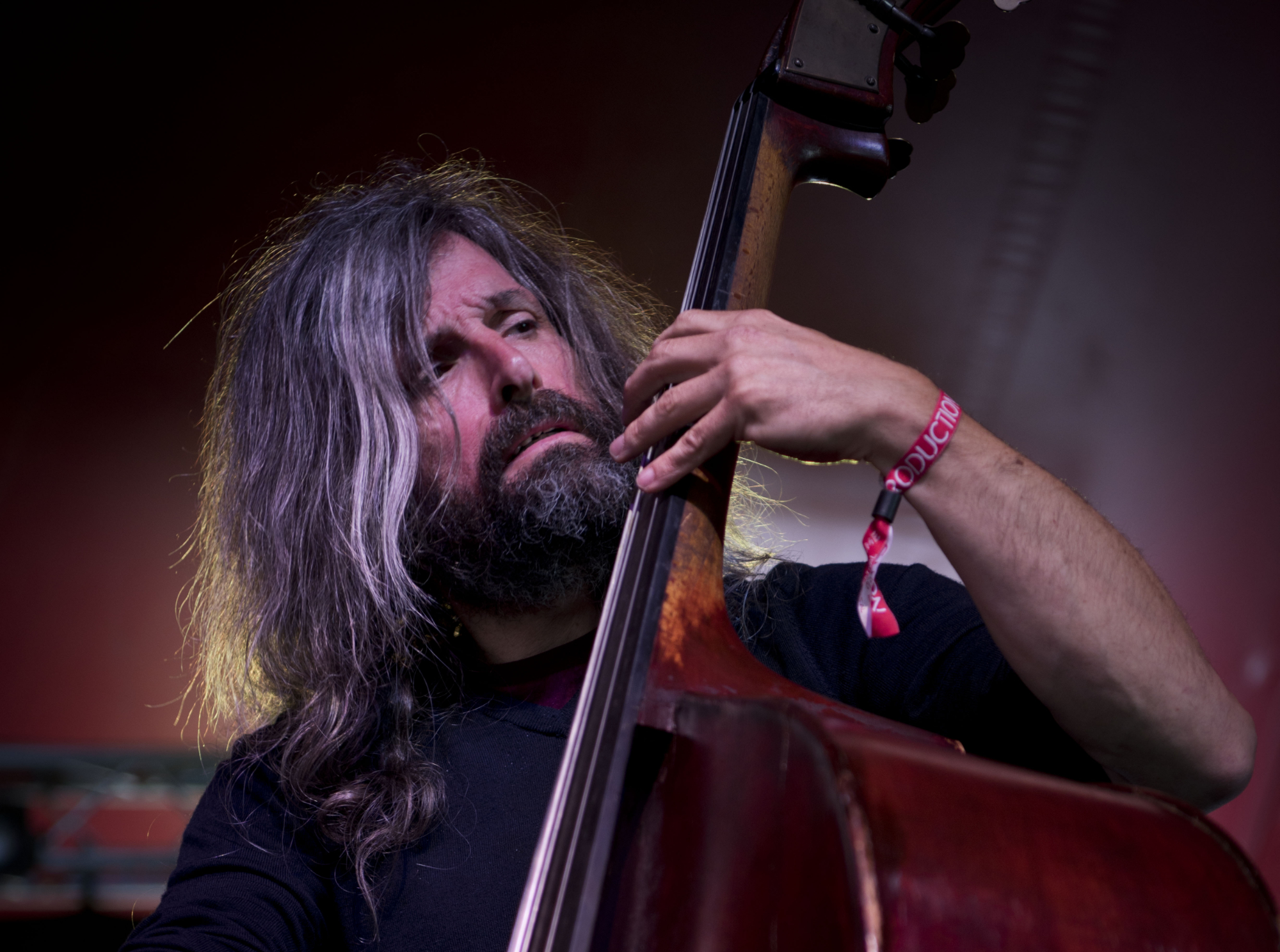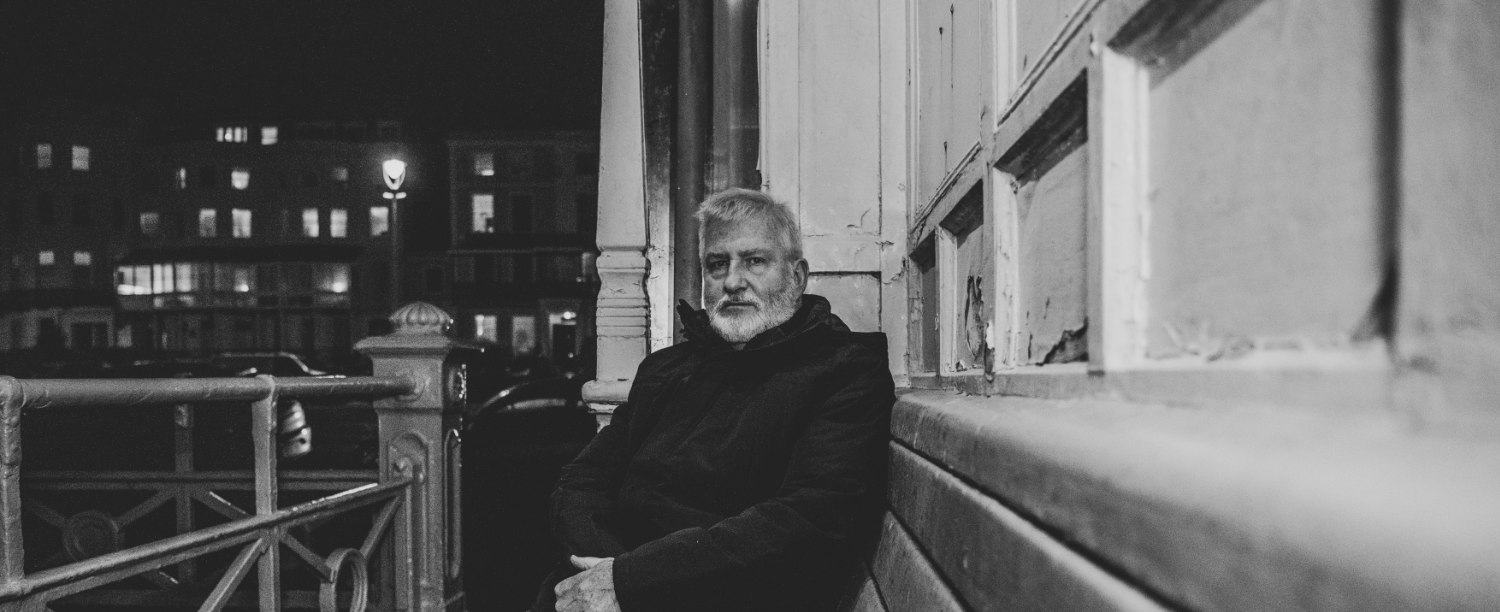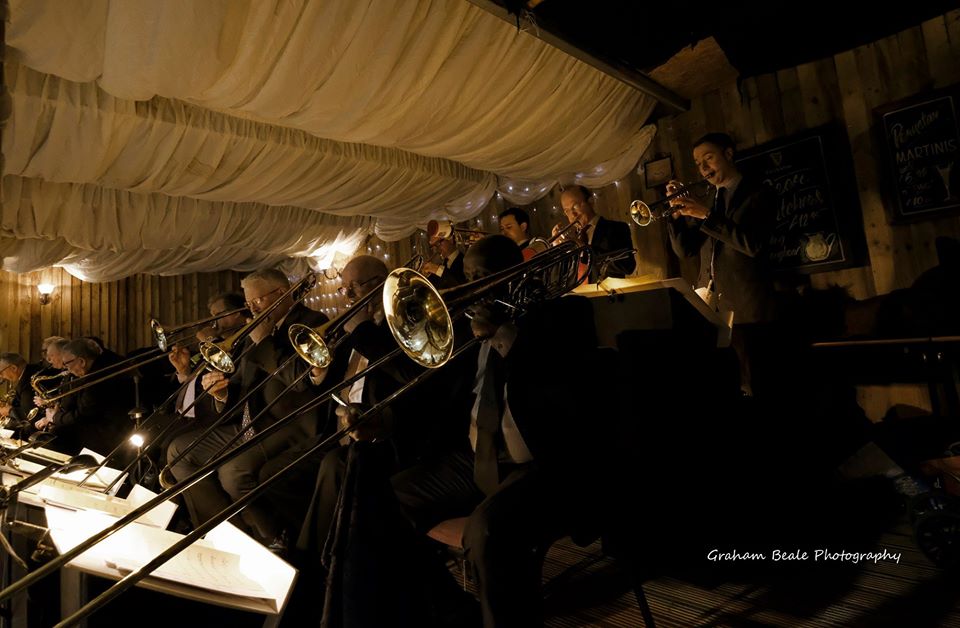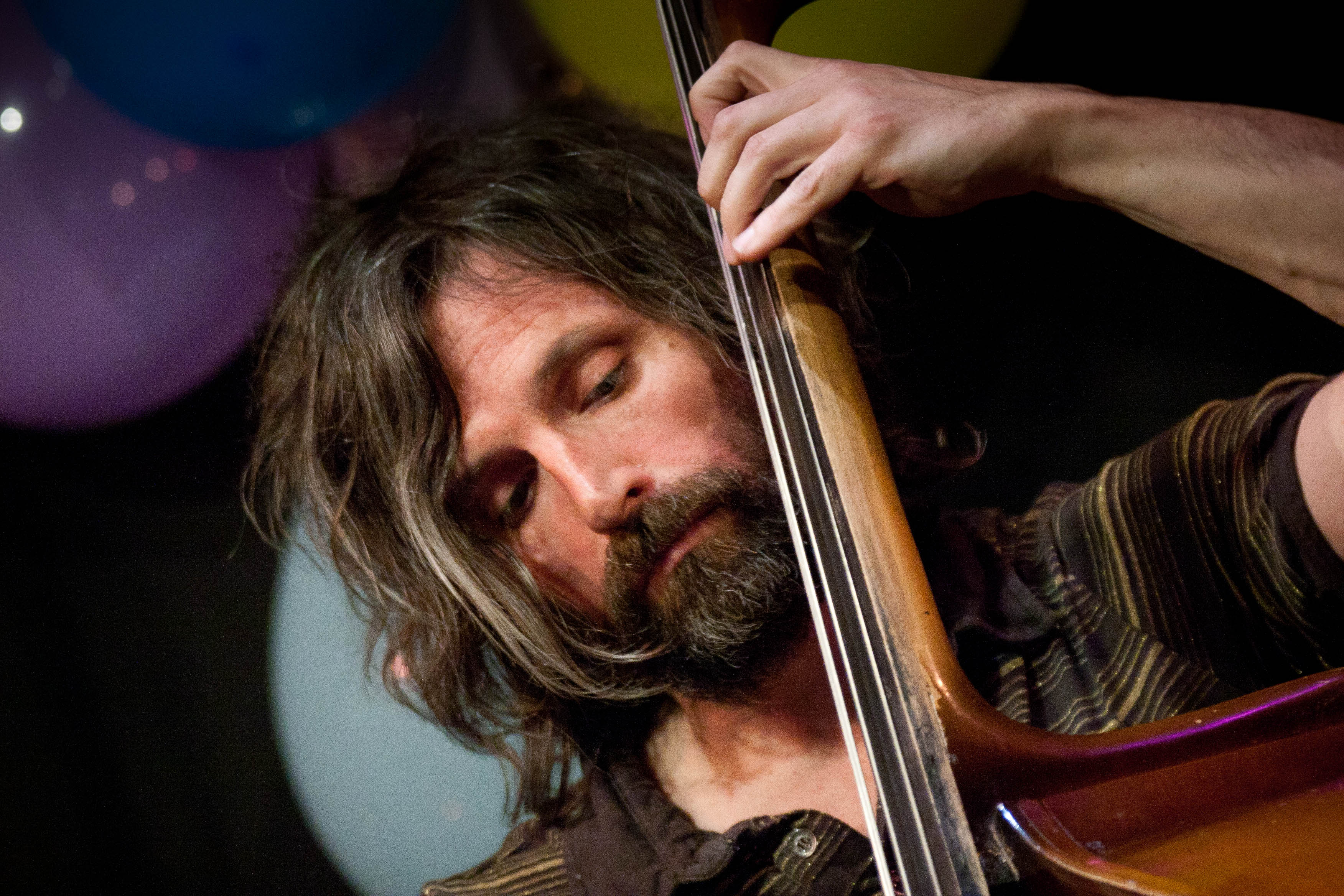Eddie Myer: Masters of Our Domain

Autumn brings many harvests in its wake; not least the publication of numerous surveys and reports, the pages of which drift across the digital realm like the falling leaves. With the Brexit deadline drawing ever nearer and inconsistency remaining the only consistent factor in approach from both government and opposition, the uncertainties that the whole nation faces in March 2019 are already having an impact. A survey of 1,600 musicians by the Incorporated Society of Musicians, published this August, finds more than 40% report a negative impact on their careers, mostly arising from uncertainties around visa issues for future bookings; the July 26th report from House of Lords EU Home Affairs Sub-Committee also warns of the consequences of visa restrictions on the UK’s cultural sector as a whole, and urges clarity on the continuation of free movement after Brexit – clarity which is sadly unlikely to be forthcoming at any time soon. Touring abroad is a vital component of many professional musician’s incomes; music in general, and jazz music in particular, is a cultural form that can appeal across national boundaries, and jazz occupies what is known as a global niche – audiences may be small, but they can be found, sharing their common culture, across the world. Access to these transnational markets has long been a valuable resource for jazz musicians, ever since Sidney Bechet took up residence in Paris and opened the door for so many other US players when the home scene went through barren periods – let us hope that our UK talent continues to have access to the educated, engaged and passionate European audiences on our doorstep.
Of course, we also have our homegrown scene, and there exist also the boundless virtual prairies of the digital realm to be exploited. Good news from the latter realm, as in a July report, Spotify told the BBC Newsbeat service that in the past six months, the number of UK users aged 30 and under listening to their flagship Jazz UK playlist had increased by 108%, and smaller streaming platforms such as Deezer and Amazon Music reported similar increases.The growth has been attributed to “a flourishing UK scene which fuses jazz with a variety of genres”, and a Dr Peter Elsdon, a musicologist at the University of Hull, has been quoted in the report describing jazz as “a chameleon” that constantly changes colour to reflect its environment. “Because of the way streaming services work, people can find out about jazz more easily and quickly than they might have been able to in the past”, he explains, referring one assumes, both to the search n’ suggest algorithms that bring new artists to your desktop or hand-held device, and also to the availability of so much previously hard-to-find jazz music via the services themselves. One might add here that a certain generation of jazz musicians still persistently demonstrate a negative attitude towards streaming; while it is true that niche musics are not always well served by current streaming models, for reasons discussed in earlier editions of this column, realism surely compels us to acknowledge that the hope that consumers will obligingly boycott Spotify and return to buying CDs, as in days of yore, is very unlikely ever to be fulfilled. Visibility and engagement are the essential stepping stones towards audience progression – JazzFm reported its highest audience figures for the past four years, and in July an unlikely milestone was reached when John Coltrane scored his first ever UK Top 40 album chart placement, crashing in at number 21 with the belatedly rediscovered Both Directions At Once. One may slice and dice the analysis of what this really means, and find positives or negatives to suit one’s own temperament, but the unmistakeable message is that both the media landscape and the recorded music industry are changing, and that opportunities are being thrown up for those astute or engaged enough to exploit them. As popular music tends increasingly towards blandness and homogenisation, a sector of the youth market responds by developing a hunger for more challenging and sophisticated forms, and jazz can benefit by satisfying that hunger if it is prepared to array itself, attractively garnished, upon the cultural smorgasbord.
While foreign markets and online presence are important to the scene as a whole, it’s the UK market where the majority of our players will find their sustenance. A picture of the whole is provided by the recently published UK Live Music Census – the first of its kind. Let’s hear what it did, in its own words: “For 24 hours from noon on Thursday 9th March 2017, volunteers in cities across the country went out and about to live music events, from pub gigs to massed choirs to arena concerts. Live music censuses took place in our three primary snapshot cities of Glasgow, Newcastle-Gateshead and Oxford, while affiliate censuses also ran in Brighton, Leeds and Southampton on 9-10 March, and in Liverpool on 1-2 June, the affiliates led by members of UK Music’s Music Academic Partnership (MAP). Nationwide online surveys for musicians, venues, promoters and audiences were online from March until June. The intention of the census project was to help measure live music’s social, cultural and economic value, discover what challenges the sector is facing and inform policy to help live music flourish.” We should note the inclusion of Brighton as a location – a reflection of the flourishing sector in the town across all genres, jazz being no exception. The research was exhaustive and the findings comprehensive, but we can but summarise a few points here. It will come as no surprise to our esteemed and discerning readers to learn that the report concluded that live music has ‘significant economic, social and cultural value’ – the annual live music spend in Oxford alone is estimated at over 10 Million GBP, supporting over 350 full-time equivalent jobs. More is now spent on live than recorded music, with nearly half (47%) of respondents to the audience survey spending more than £20 on tickets for concerts/festivals each month while only a quarter spend the same on recorded music. On average, nearly half (49%) of the annual income of those respondents to the musician survey who identify as professional musicians comes from performing live, compared to only 3% from recording.
The survey is unique in its breadth, gathering data and stories from all those involved in music, from audiences to promoters, council licensing boards to venue owners, and even including the rarely heard voices of the musicians themselves. The survey’s analysis divided musicians into three categories – professional, semi-professional and amateur. Some results may come as a surprise, others less so – the sector is still male-dominated, with men accounting for 68% of professional and 81% of semi-pro players – men and women earned roughly the same per gig, but fascinatingly and perhaps unexpectedly, male singers tended to average more than female ones (100 GBP compared to 85), whereas for instrumentalists the positions and earnings were reversed.
Although individual earnings spread across a far wider range, it is significant that this average figure is well below the Musician’s Union suggested rate of 121.50 for casual engagements, reinforcing the commonly acknowledged heuristic conclusion that this rate is effectively a nominal one only that in practice is seldom adhered to. In addition, while 78% of professional musicians are self-employed, the survey found that 66% of those respondents to the musician survey identifying as professional musicians earn less than £15,600 direct from live music each year and 28% earn less than £5,200 direct from live performance; indeed, research by the Musicians’ Union in 2012 found that 56% of the musicians surveyed earn less than £20,000 in total per year, with music teaching being the primary means of supplementing income – accounting for typically up to 50% – and maintaining their professional status.
Analysis by genre provided further insights. Perhaps unsurprisingly, it suggests that the four most lucrative genres for respondents to the musician survey overall are: rock, pop, blues and classical, with 40% of all respondents earning money from rock, 26% from pop, 22% from blues, and 21% from classical music. However, another, rather different picture emerges when the musician’s own preferences are examined – when asked to choose which genre they identify with the most, 29% identify most with classical music, 14% with jazz, 11% identify with rock music, 8% identify as a singer/songwriter, and a measly 7% are happy to openly identify most with pop. Furthermore, 38% of respondents to the musician survey identifying as professional, currently earn money from classical music, 31% from pop, 31% from jazz, and 22% from blues For respondents to the musician survey identifying as semi-professional, however, the most lucrative genre is rock music: 48% earn money from rock music, while only 9% earn money from classical music. While jazz accounts for a small proportion of overall financial turnover from the sector as a whole, it holds its own as the genre that many musicians would rather be playing – and earning their living from – and a gratifying proportion of those musicians are successful in this ambition.
Where are these dedicated, jazz-loving professionals performing? The survey’s findings highlight unequivocally the importance of small venues: “Over three-quarters (78%) of respondents to the online audience survey had visited small music venues (under 350 capacity) for live music in the past 12 months, and three-quarters (74%) had visited pubs and bars (for live music). Two-thirds (67%) of respondents to the musician survey had performed in small music venues in the past 12 months while nearly two-thirds (64%) had performed in pubs or bars 31%)”
Here in Brighton we are lucky to have a scene that is supported by so many dedicated musicians, where the audience is eclectic, sophisticated and willing to engage with niche music, and where there is a plethora of grassroots venues. The Verdict deserves special recognition as a dedicated, musician-friendly venue, where musicians can stage their own concerts, playing the repertoire they want with the band of their choice; but equally, the flourishing pub and bar scene plays a part in developing new talent and sustaining existing players. Research from PRS for Music shows that live music can be a very good way of increasing publican’s sales; 24% report an increase of 25 to 50% in sales on music nights and 71% reporting an increase of 10 to 25%. This economic viability provides a different, parallel model to ticketed gigs, where there is a constant risk that the promoters/musicians may sustain a loss if they fail to sell enough tickets. As jazz audiences are small, jazz musicians can be particularly susceptible to this risk, and the readiness of landlords willing to offer a fixed fee for a free-entry gig provides a secure alternative. The danger, of course, is that a free-entry gig will deter audiences from a door charge gig – in addition, the economic realities of the licensed trade in Brighton (and across the UK) mean that the fees offered by landlords can never in practice approach the MU recommended minimum. This tension provokes lively debate within the community; we would suggest that, as with the scenario with recorded music detailed above, astute musicians will use the available resources to manage their careers to their best advantage. The casual, free-entry pub session has been a long-established feature of the jazz landscape, with a tradition traceable back to the 1950s at least; ticketed gigs will thrive on their own merits if they offer something exceptional; both have a role to play in the wider picture to progress both careers and audiences. The challenges of wage stagnation, competition and venue closure are all too familiar to anyone who works in the sector, and all are detailed in the report, but perhaps further citations are un-necessary. While you have been kind enough to spend time reading this column, gentle reader, some jazz musicians in your area have been rehearsing for a gig, setting up for a gig, playing a gig, or packing down from a gig and preparing for the next one – why not find out where they are, and set out to join them? If we don’t use it, we’re sure to lose it, so let’s Keep Music Live.
Read the full report here; http://uklivemusiccensus.org/wp-content/uploads/2018/03/UK-Live-Music-Census-2017-full-report.pdf



